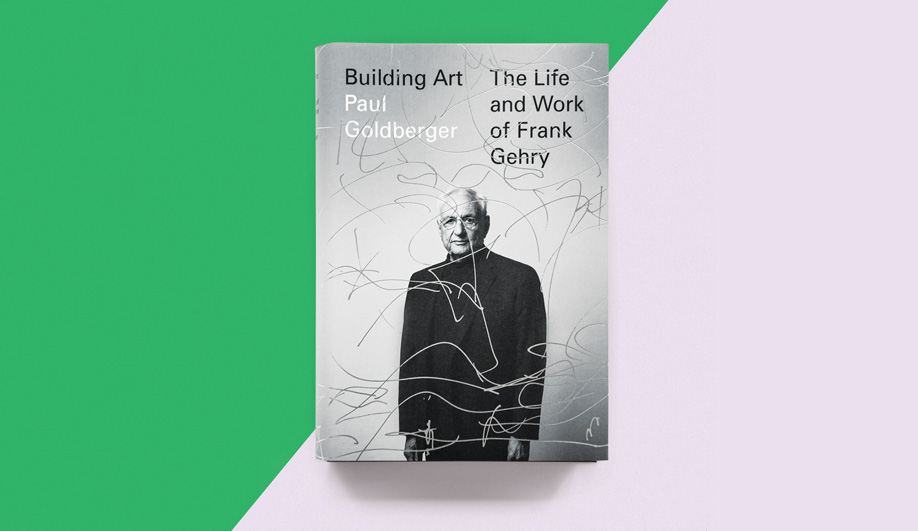
Paul Goldberger explores the life and projects of Frank Gehry.
“Oh my God, what have I done to these people?” When Frank Gehry visited the Guggenheim in Bilbao, Spain, for its official opening in 1997, that was his initial reaction. He looked around at the massive swirls of titanium cladding and was terrified – of either making the biggest mistake of his life or becoming the world’s greatest living architect. Philip Johnson had yet to cry real tears on the Charlie Rose show and call the museum “the greatest building of our time.” New York Times architecture critic Michael Kimmelman had not yet proclaimed it the most significant building of the 20th century. Gehry was not yet that Gehry.
He was still the Jewish kid from Toronto trying to make it in Los Angeles and, like every ambitious architect, working long hours on a dozen projects to stay afloat. While he had won a few big commissions, most notably the Walt Disney Concert Hall in L.A., none had been built. Gehry was best known for “cheapskate architecture” (his term), where he turned inexpensive materials like chain-link fencing and corrugated steel into playful, often wonky exterior features.
Building Art (Knopf), Paul Goldberger’s biography, devotes only a single chapter to Bilbao, but the project represents multiple convergences. Besides awakening the public to new architecture and causing every city thereafter to crave a starchitect landmark of its own, it was the point at which building with computers came of age. Engineered using computer-aided three-dimensional interactive application (CATIA) software, Bilbao opened wide the possibility of constructing just about anything imaginable. Architecture has never looked back.
Anyone familiar with Gehry’s career will recall many of his breakthrough moments, and Goldberger’s journalistic talent (he is a contributing editor at Vanity Fair) is perfectly suited to weave them into an insightful and entertaining narrative – right up to the present day, when Gehry, now 86, is still at the top of his game.
